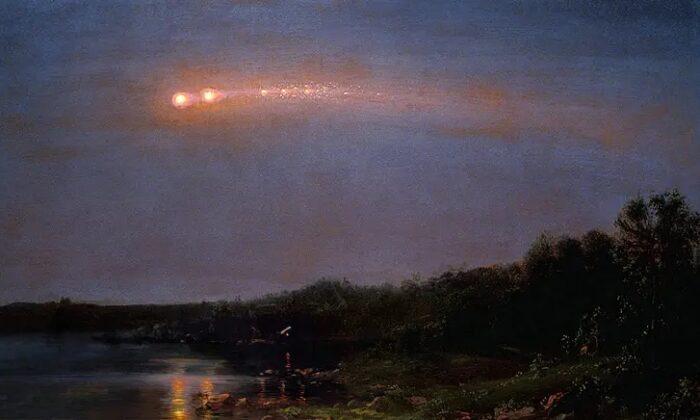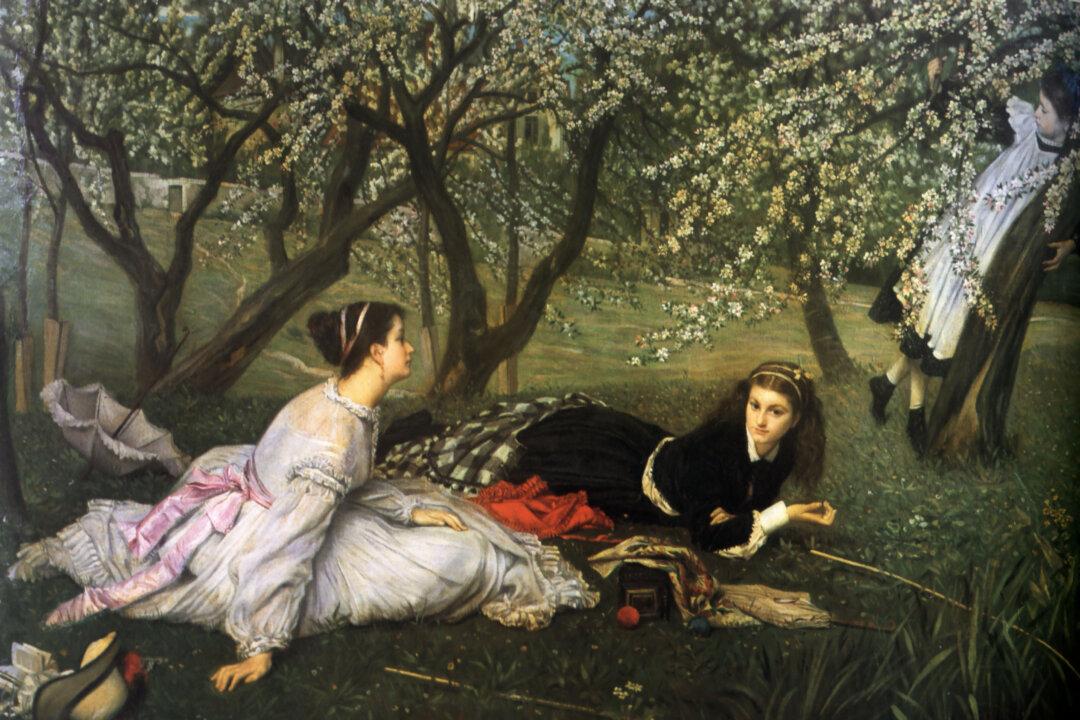“Star light, star bright, The first star I see tonight, I wish I may, I wish I might, Have this wish I wish tonight.”
Children often wish upon a star and never doubt its ability to grant their wish; it holds their dreams. But how long do they have hope in the dreams that they shoot up to the stars? Often, their dreams die in the darkness of reality when a jealous world tries to bury any dreams, hope, and love that shine forth.Elsie enters the story carrying her typewriter up to the highest room in Mrs. Parker’s house: a coffin-like room with a tiny skylight. As a transcriber, she can only afford this somber room. With the rest of the house crammed with callous boarders and snobby owner Mrs. Parker, Elsie’s hopes look like they will die very quickly.
Despite such an ominous situation, Elsie’s hopes persevere. She remains bright and joyful. She brings joy especially to the three male boarders: Mr. Skidder, an unsuccessful playwright; Mr. Hoover, “fat, flush and foolish”; and young Mr. Evans. Each man falls in love with her.
The men may love her, but Elsie does not desire their love. She loves and places her hope in a bright, young star she names Billy Jackson—the constant, “steady blue” star that she sees “every night through [her] skylight.” She imagines him not as a cold light in the sky but as a steady friend. She shoots her hopes and dreams to him.
Gradually, darkness in her life closes in. Elsie cannot find any transcribing jobs, which are her source of income. She cannot support herself or even buy food. Yet her star never abandons her.
As she lies dying of starvation, Billy remains above her, holding her dreams. He is, as Shakespeare’s Sonnet 116 says, “an ever-fixed mark / That […] is never shaken.” Billy Jackson is truly the “star to [Elsie’s] wandering bark.” Elsie blows him a kiss, acknowledges his constancy and her hope in him, and falls into a faint.
An ambulance is called. Everyone at the boarding house doubts that Elsie will make it. She doesn’t awaken. It seems that nothing can save her—not even her resilient hope. Yet G.K. Chesterton, in his “Heretics,” says: “Exactly at the instant when hope ceases to be reasonable it begins to be useful.”
A doctor arrives and swiftly carries her to the hospital. The next morning the newspaper announces that “Dr. William Jackson, the ambulance physician […] says the patient will recover.” Billy had come for her.
O. Henry questions his story: “Is it a story?” Such a story seems too romantic and fanciful.
Elsie’s hope in Billy Jackson and Billy’s love for Elsie, in the end, carries her from her dark world. Her star has saved her.
Despite its whimsical character, Henry’s story proves, as Jordan B. Peterson says in “12 Rules for Life,” that “what you aim at determines what you see.”
If we aim our dreams as high as the stars and place trust and hope in them, even through our darkest moments, we can achieve the impossible and live our dreams.





